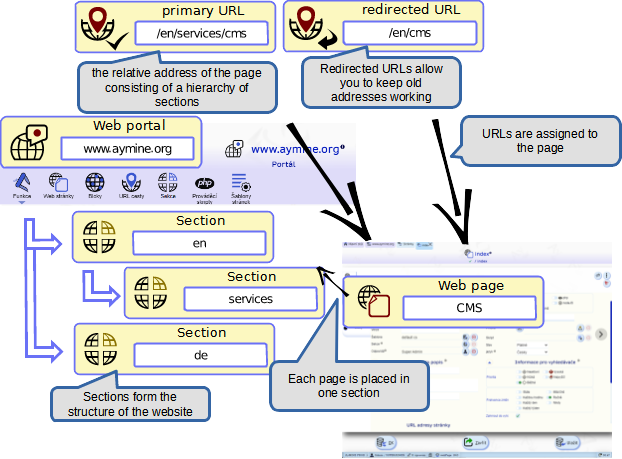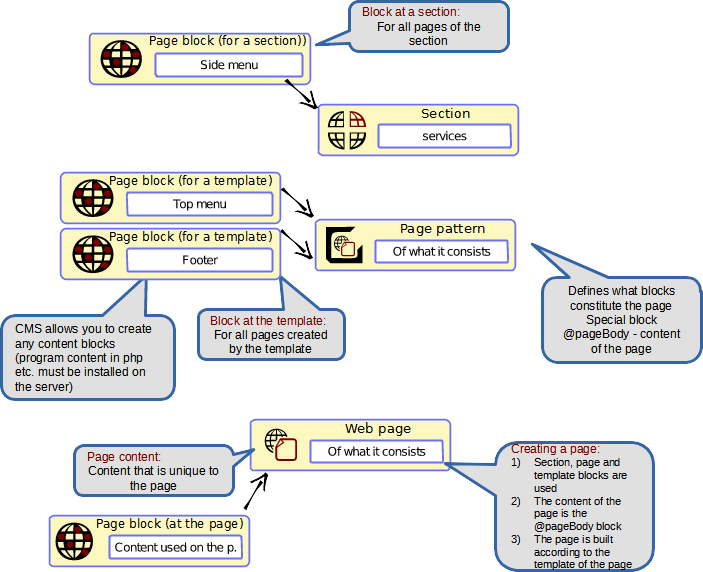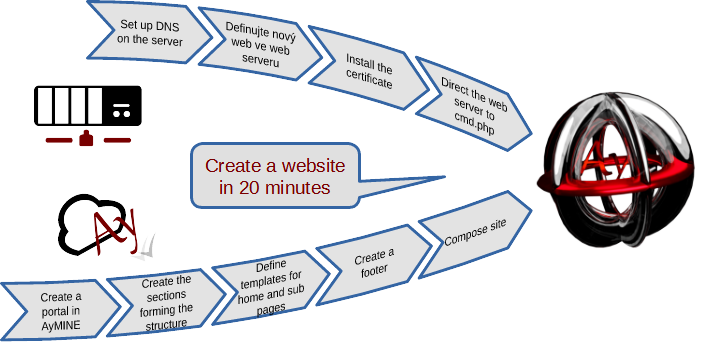AyMINE – Technical documentation
Modules
Integration with ERP Abra Gen
 Task, project & quality management
Task, project & quality management
Manager approval with the task report
Why some data can't be deleted
Adminitration of areas, projects, calendars
Region / project / methodology
Change management process in a project
GDPR and record of qualifications
Qualification of user or contact
Right to Manage Qualifications
Failure Analysis for an Individual Property of a Component or Process
FMEA – Probability of Detection
FMEA – Probability of Occurrence
 Task, project & quality management
Task, project & quality management
Administration of the Task Management Module
System rights for the task management module
Improvements and Preventive Measures
Methodology and Quality Management systems
What a methodology / QMS consists of
Problems, tickets and their management
Collaborative Resolution of Multiple Problems
Customer Service Response Generation
Incident and Quality Issue Management
Objects affected by the problem
Problems, Incidents, Helpdesk Tickets
Return project plan by baseline
Sample tasks and methodologies of the area
Effect of the task on the right to modify the attached object
The person responsible for the task
Working procedure – task definition
Objects related to the task pattern
 Contacts and directories module (CRM)
Contacts and directories module (CRM)
Order overview for customer groups
 Contacts and directories module (CRM)
Contacts and directories module (CRM)
System Permissions and CRM Module Settings
Send bulk messages in compliance with GDPR
How to correctly forget a person's details
Unsubscribe and set preferences
for bulk mail
 Web management and automation
Web management and automation
Receiving a message from the web
Human resources
Personalistics – User Permissions
Human Resources module security
Manage department / division data
Overview of Personnel Information for pracov# Employment Contract
Synchronizing staff and system users
 Products, assets and sales
Products, assets and sales
Received order for goods or services
Finance management
Metrics and Measurements
Technical Modules
Sabre plugin module
Enterprise Architect connector
Database link to Enterprise Architect database
Enterprise Architect connector
System Modules
 The AyMINE Framework Module
The AyMINE Framework Module
AyMINE — Tips for Mobile Usage
Configure how your system looks and works
Gestures and Keyboard Shortcuts
More about how the system works
Private notes and tags for objects
Overview of Modules and Record Types
Filtering in the list of records
 System Management
System Management
Additional functions with files
Copying and moving files between objects
Files (documents) linked to the object
Formatted texts in the application
Gateway settings for external messages
IMP gateway settings for email communication
Internet Call Gateway Settings
Message with the outside world
 Web portal
Web portal 
A web portal defines a set of pages on a single domain. Within a CMS, it forms the basis for defining the content of a single domain
Within the portal, you create a space for web pages. The portal allows the complete definition and management of Internet or intranet pages.
For an intranet, the site can only be visited by logged-in users. If the user is not logged in, a window will open asking the user to log in.

How the portal is created
The portal is composed of objects:
 Web page
Web page
WebPage describes an individual page visible on the Internet or accessible only to logged-in users on the intranet
 Web section
Web section
A web portal can be divided into sections and these further into subsections. An example is the address https://www.pdqm.eu/services/projects/services. Within this address is the services section. Sections can be further subdivided.
 Template
Template
A template is used to define the appearance of a web page
 Script
Script
A script is code that generates a web page.
 Web page block
Web page block
A web page can contain blocks that complement the actual content of the web page. Blocks can be inserted on any number of pages

Permission to edit the web portal
For each portal, there is a defined group of people who can edit it and a group who can view and comment on the content but cannot change it.
The permission settings are the same as for business area or project.
Creating a New Web Portal

Good to know
- The system allows you to define and manage any number of portals within a single account.
- Individual portals do not necessarily have to have separate domains, it can be a separate section on one domain.
- To route your own domain (e.g. www.aymine.com ) to a portal, you need to contact the administrators who will direct your domain and tell you how to configure DNS.
CMS for large portals
If you need to [publish a large number of pages](/doc/en
/web/webPortal__LargeScalePortal), e.g. large documentation, we recommend using support for large portals.